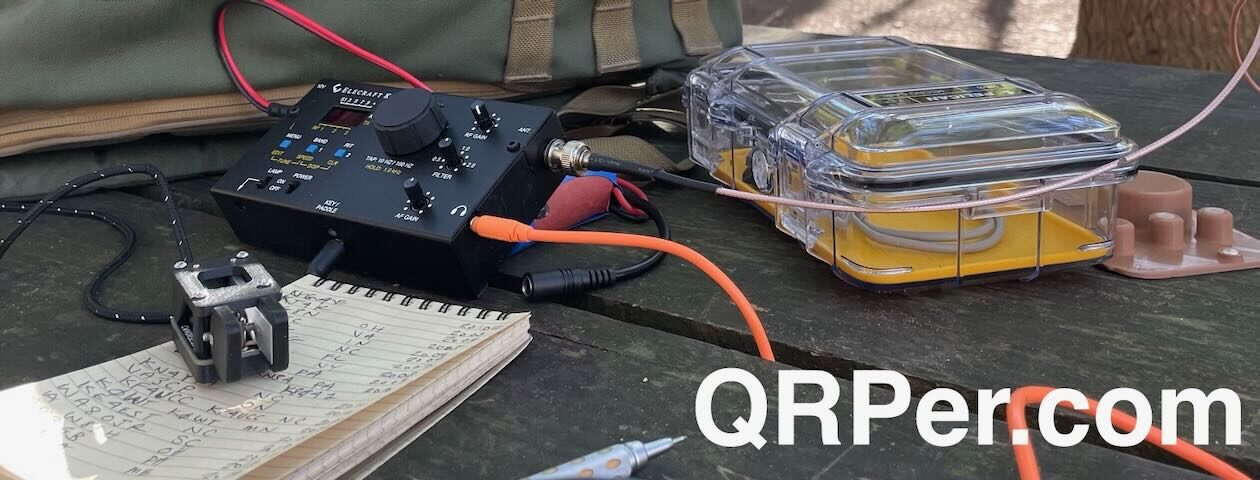On the morning of November 4th, I woke up with one thought on my mind: “I need to activate Mount Mitchell before it’s too late!”
It’s not like Mount Mitchell was going to disappear, but I knew I was already on borrowed time since the long section of the Blue Ridge Parkway I use to drive to Mount Mitchell from Asheville typically closes in the early part of November for weeks at a time. The park itself will close to guests too–in fact, last year, it closed its gates as I drove out of the park! There are often other roads open to Mitchell in the winter, but they’re very much out of the way for me and frankly, weather can shift and the park close at the drop of a hat.
As the crow flies, Mount Mitchell is actually very close to my QTH. If I wanted, I could hike there directly from my home. I’ve yet to do this, however, because with the 3,000′ elevation change and the anything-but-direct trails that skirt the Asheville watershed, I’d need a full day or more to hike it one way. I will for sure do this sometime, but only when I can pack appropriately and reserve a campsite.
Morning drive
As soon as I surfaced that morning, I check the weather map. I noticed that the temp at Mount Mitchell was actually slightly higher than at my QTH. I looked out the kitchen window and could see fog in the valley. This meant one thing: inversion!
When we have inversion, the cold air is pushed down into the valley and warmer air can be found at higher elevations. The flip opposite of what you’d typically expect.
I ate a quick bite, grabbed come coffee, and hit the road.
As I drove past Warren Wilson College’s farm, it was absolutely gorgeous. I had to stop and take a photo or two [click images to enlarge].
 The drive up to Mount Mitchell on the BRP was ideal: clear skies and quite warm!
The drive up to Mount Mitchell on the BRP was ideal: clear skies and quite warm!
Mount Mitchell State Park (W4C/CM-001 and K-2747)
In fact, I felt like I really struck it lucky that day. I didn’t even need a heavy jacket or gloves. Continue reading Testing a new Tufteln knee board and antenna during this beautiful SOTA activation on Mount Mitchell






































